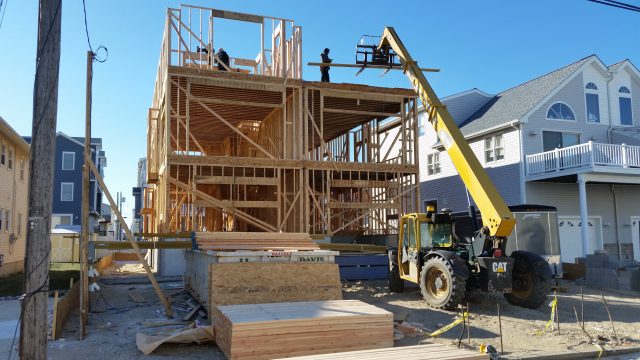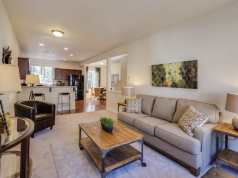By Donald Wittkowski
Responding to fears about declining property values, the leader of Sea Isle City’s business community believes the upscale beach resort will never come close to hitting the number of affordable housing units that are proposed in a recent court settlement.
Altogether, the agreement calls for 372 units of affordable housing to be built in Sea Isle through 2025. Affordable housing would be scattered throughout the city instead of being concentrated in just a few locations because of the scarcity of developable land in the oceanfront town.
Bringing a two-year lawsuit to a close, Sea Isle and the court-designated Fair Share Housing Center have reached an agreement on the city’s affordable housing needs. A state Superior Court judge approved the settlement on Dec. 1.
Christopher Glancey, president of the Sea Isle City Chamber of Commerce and Revitalization, said local property owners have been calling him to express their concerns about the affordable housing plan following the settlement.
“People are worried that they just paid $1.4 million for a house and next door will be affordable housing,” Glancey said during the Chamber’s board meeting Tuesday.
Glancey told the board members that property values will not decline because it is highly unlikely that Sea Isle will ever come close to building so many affordable housing units.
“The net result may be zero affordable housing,” he said. “It certainly won’t be 372.”

In 2015, Sea Isle sought a court order declaring that it was in compliance with the state’s Fair Housing Act of 1985 and the landmark Mount Laurel doctrine that requires New Jersey municipalities to use their zoning powers to provide affordable housing for people with low or modest incomes.
The court settlement ends the litigation, while also mapping out a blueprint for Sea Isle’s affordable housing obligations. Glancey said the agreement is simply a plan for affordable housing, not an ironclad guarantee that 372 units will ever be built.
“People think of affordable housing and see high-rise projects. But that’s not what this plan is about. People should not worry that this plan will create a negative impact on their properties,” Glancey said in an interview after the Chamber meeting.
The plan creates the “reasonable opportunity” for affordable housing to be built in Sea Isle. Developers would be given tax and construction incentives to build affordable housing units in their projects.
“The final decision is up to the developer,” Glancey said.
Glancey explained that the affordable housing plan would not affect duplexes, or so-called “side-by-sides,” the most common type of residential construction in Sea Isle.
Instead, the extra unit of affordable housing that developers would be allowed to build would only be part of mixed-use projects that combine commercial development with residential construction, he said.
Under the city’s plan, pockets of affordable housing would be scattered throughout town in an “inclusionary zone” comprising many blocks and lots.
“What you’ll never see is a group of 372 units of affordable housing,” Glancey said.
New Jersey allows municipalities to satisfy 25 percent of their affordable housing obligations by building units for senior citizens.
Sea Isle’s plan would create new zones for senior-citizen housing in what is currently a parking lot on Landis Avenue between 58th and 59th streets and another area now used for parking on Central Avenue between 44th and 45th streets.
The parking lot between 44th and 45th streets on Central Avenue is next to the Parish Center and Rectory for St. Joseph Catholic Church.









